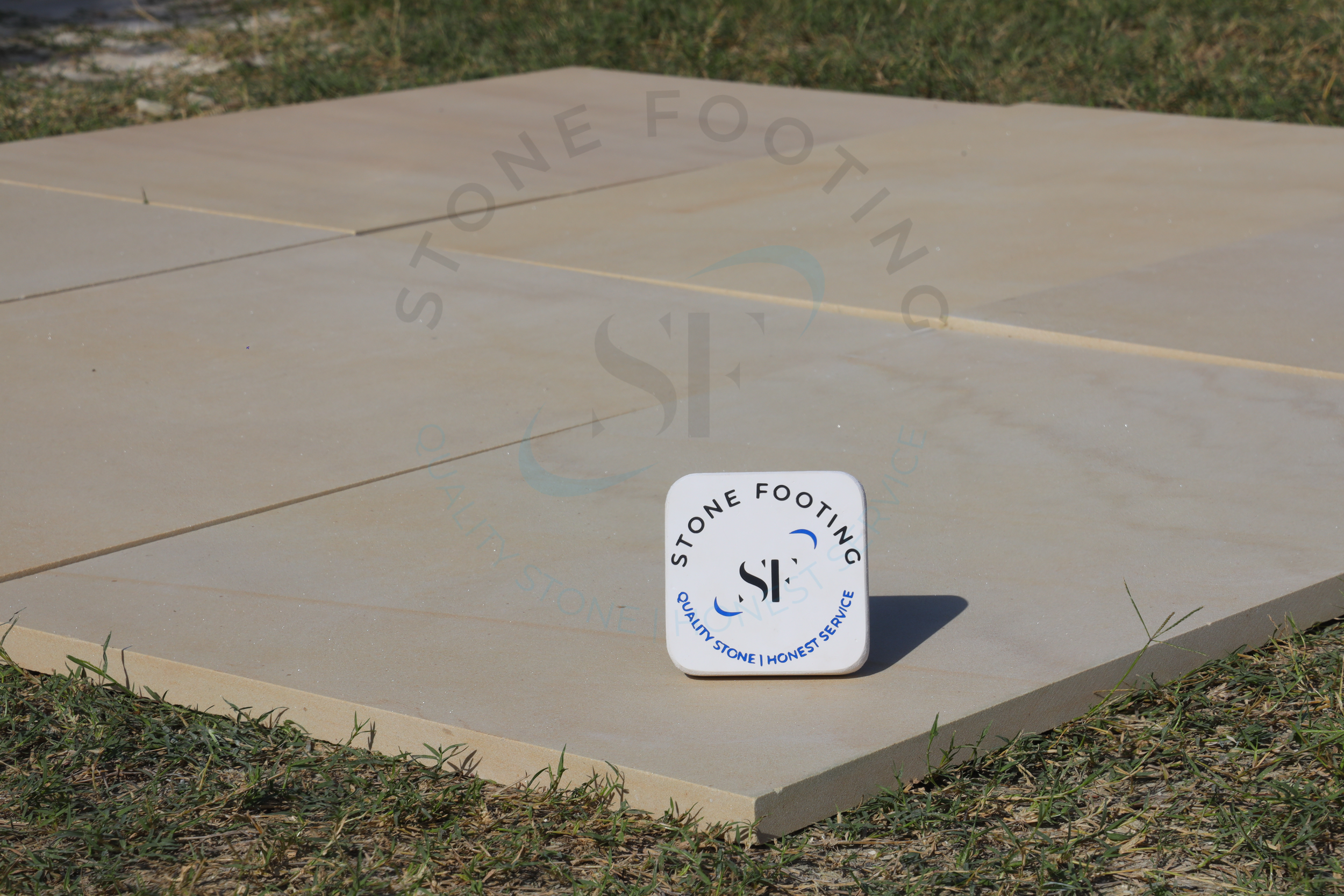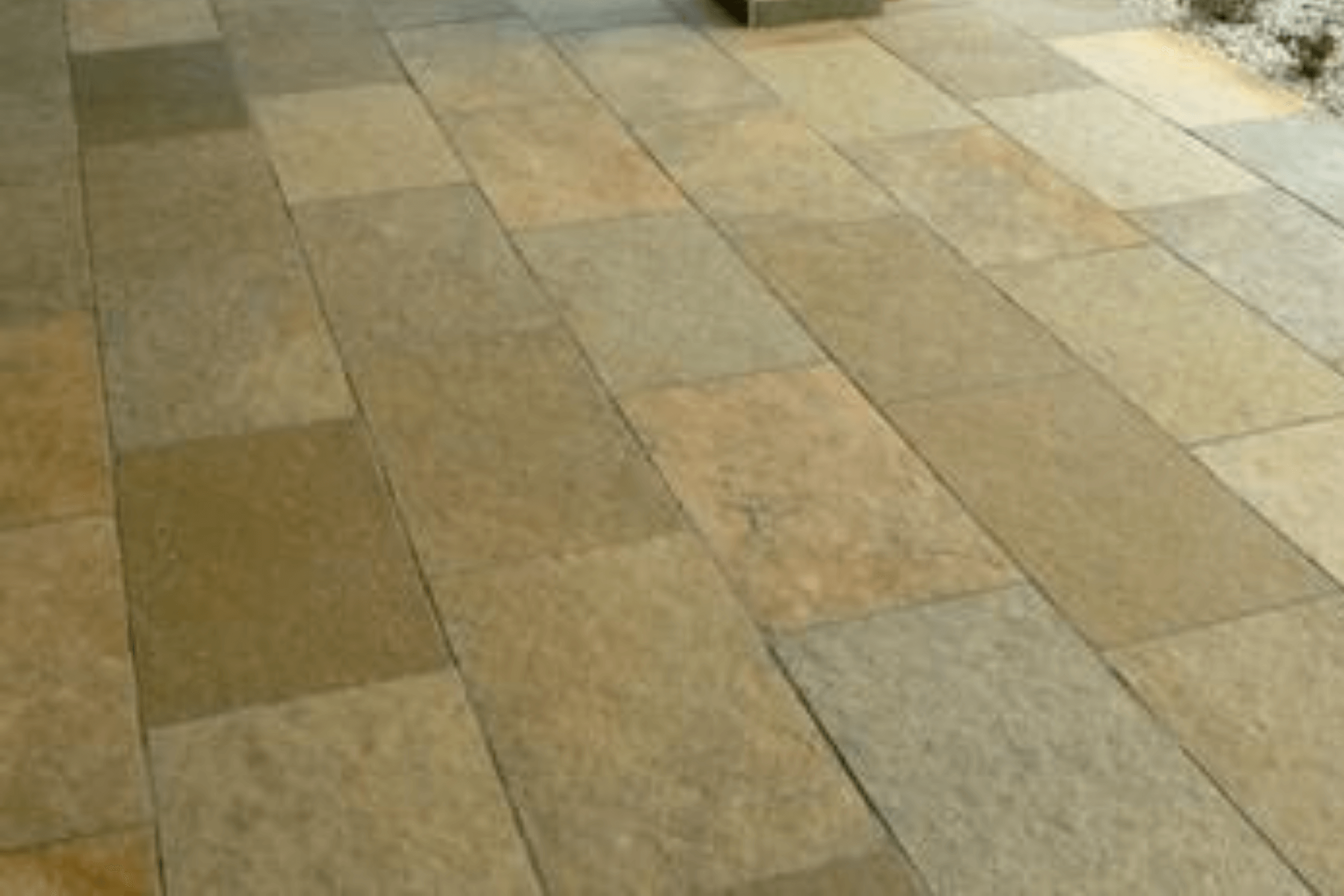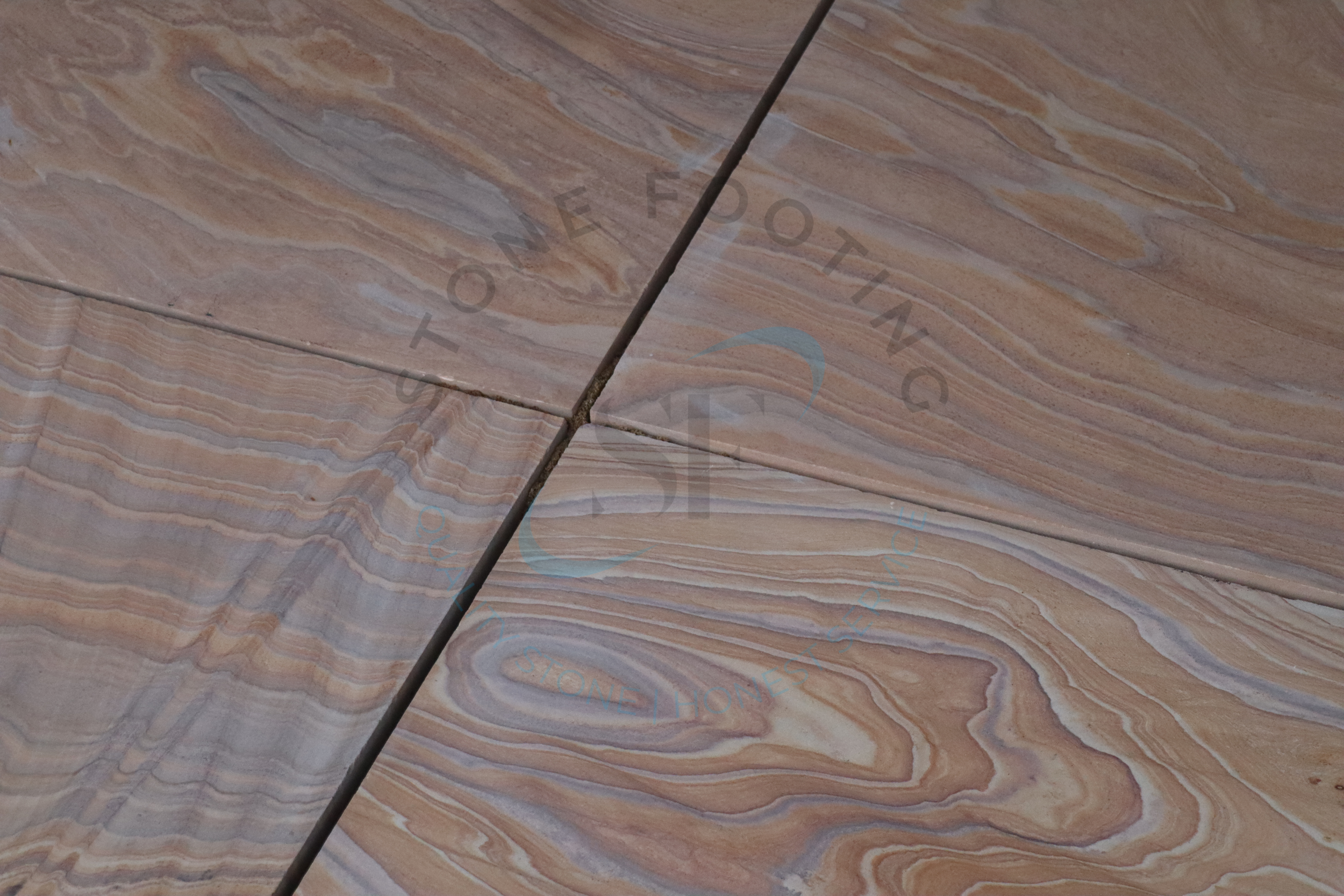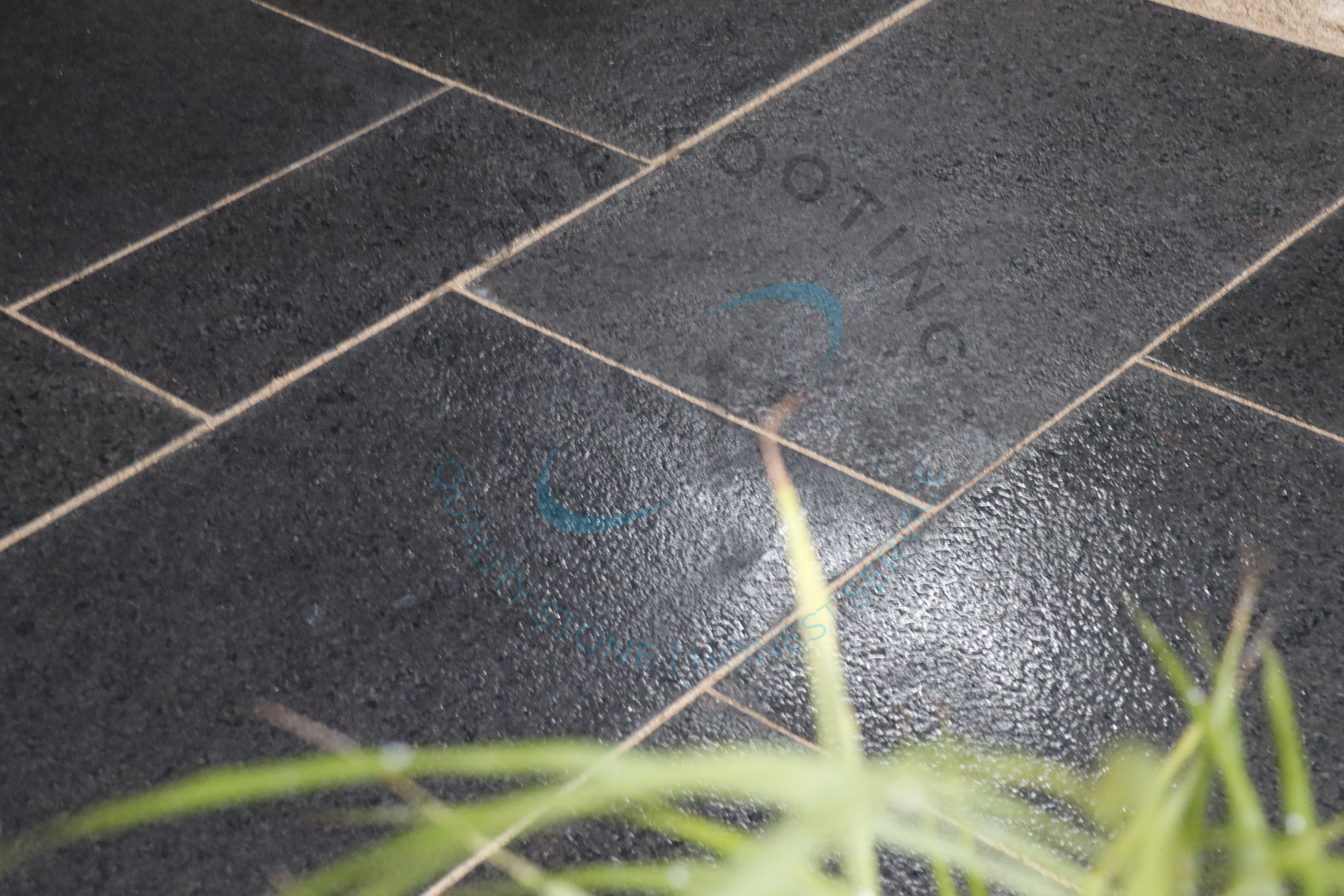How Is The Grade Of Granite Determined?

The presence of soft minerals is the provenance of Granite. The thickness/cut, color, and porosity are all factors in determining the grade of granite. You can perform a few things to determine the proper degree of Granite and distinguish it from marble and limestone. People like to think that if we spend more on anything, it must be better than its less expensive counterpart, but this isn’t necessarily the case with Granite.
Further, the cost of a granite slab is frequently unrelated to its fundamental quality. Understanding what characterizes good quality granite will assist you in selecting the appropriate materials at a reasonable price.
We’ve highlighted some of the critical factors that influence grades of granite below so you can quickly detect the quality of a slab while looking for the right countertop!
Thickness
The average thickness gives the appropriate consistency for long-lasting kitchen counters. Thin Granite is regarded as inferior since it is more susceptible to break and chip after years of use. Low-grade Granite is often less thick and frequently requires a piece of plywood backing for further support. And aside from longevity, denser Granite has a higher quality and more solid appearance than thinner Granite.
Origin
We may acquire Granite from all over the world, and while Granite from one location isn’t always better than Granite from another, it might affect the price.
As one might think, Granite is a hefty material, which makes shipping it even more expensive. So, where your Granite comes from and how it is delivered can significantly influence the ultimate cost.
Polish
Apart from the design of the countertop’s edges, polish is a solid indicator of performance. Most counters have polished edges, but an utterly polished edge with no scratches or milky finish indicates whether or not the countertop is high-end Granite. Milky or hazy is not a desirable finish for Granite—you want it to glitter and shine with a uniform finish throughout. Hence, a milky border indicates a lower-quality countertop.
Visual Exhibition
Scrutinize the Granite to check if there are any dings, dents, scratches, or uneven surfaces. Even small gaps can grow into massive fissures that can split the slab in two during or after construction. Quality Granite should be resistant to most dents and scratches. Therefore it’s a red sign if the new Granite seems damaged.
Porosity
Granite’s actual composition can change, affecting its porosity or capacity to absorb liquids. Porosity affects grade because porous Granite fades and dulls with time. The lemon test is a simple approach to determine the porosity of Granite. Squeeze a drop of lemon juice over the Granite; the longer it takes to permeate, the less porous the stone is.
Color
Granite is available in various hues, but some are more uncommon than others, making them more costly. Colors prevalent in houses, such as beige, tan, brown, and black, are less expensive since they are more widely accessible. However, hues such as blue, purple, and red are significantly less popular and more costly.
Therefore, if you’re hunting for high-quality natural stone for residential or commercial applications, look no further. Connect with Stone Footing, a natural stone distributor recognised for providing high-quality natural stones.
Frequently Asked Questions
How many granite levels are there?
Granite is classified into three grades: primary, medium, and high. The grade of Granite is defined by the presence of veins, pitting, markings, thickness, soft components within the composition, and color.
Is more costly Granite more pricey?
Naturally, thicker slabs will be more costly and long-lasting. By selecting a thinner block, you may obtain exotic Granite for roughly the same price as regular Granite.
How do you determine the difference between granite and quartz?
Because quartz is bonded with resin, the countertop lacks the crystalline structure and natural cracks seen in Granite. As a result, quartz has a smoother texture.




